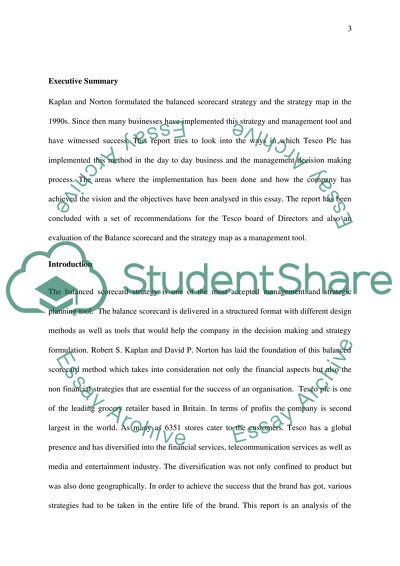Cite this document
(“Balance Scorecard and Strategy Map of TESCO Coursework”, n.d.)
Retrieved from https://studentshare.org/finance-accounting/1498671-write-balance-scorecard-and-stragegy-map-of-tesco
Retrieved from https://studentshare.org/finance-accounting/1498671-write-balance-scorecard-and-stragegy-map-of-tesco
(Balance Scorecard and Strategy Map of TESCO Coursework)
https://studentshare.org/finance-accounting/1498671-write-balance-scorecard-and-stragegy-map-of-tesco.
https://studentshare.org/finance-accounting/1498671-write-balance-scorecard-and-stragegy-map-of-tesco.
“Balance Scorecard and Strategy Map of TESCO Coursework”, n.d. https://studentshare.org/finance-accounting/1498671-write-balance-scorecard-and-stragegy-map-of-tesco.


